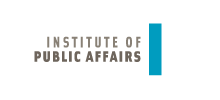Scenario #3
Pillars of identity

Aims / objectives
The aim of the Pillars of Identity method is to recognise one's own identities and the fact that identity consists of multiple dimensions. A person is not defined by just one element, such as gender, but by many different ones (profession, hobbies, world view, religion, etc.). If this is recognised, a harm to one part of the identity can carry less weight. Discrimination on the basis of a personal characteristic or (an ascribed) group membership is, then, no less painful and unjust, but it can be more easily endured and rejected. Resilience is strengthened as a result. Tolerance towards other people is also increased by not reducing them to one identity characteristic. The method is based on the concept of the five pillars of identity (Petzold) which are body & mind, relationships, work & free time, material securities and values.

Description of the method
The participants create an identity pie or pie chart. Different parts of one's identity are represented as pieces of the pie in different sizes, depending on their importance. The more important, the bigger the piece. What is not important is taken out. The trainer can suggest some dimensions (such as gender, profession, education, hobby, religion, etc.), but also lets the participants decide what they want to be represented in the pie.
My identity

Overview
| Name of the method | Pillars of identity |
| Target group | Especially young people from 12 to 18 |
| Duration | 2 hours |
| Spatial requirements | Room for a group (seminar or workshop room) |
| Competences | Self reflection, tolerance, critical thinking, resilience, respect, empathy |
| Objectives | Strengthening resilience, reflection of identity, early prevention of extremism |
| Method description | Group exercise; facilitator asks questions about identity, participants create a pie of identity pieces and discuss it |
| Social work context | Method is important for the strengthening of young people’s identity and very suitable for the social work context but has some formal requirements (like room and time frame) |
| Preparation | Theory of five pillars of identity needs to be known and presented by the facilitator, presentation material. |
| Risks | Identity questions can be very sensitive. People might not want to talk about different aspects, discriminations or their own prejudices. Facilitator needs to be very cautious. |
| Concept / application | Method conceptualised and presented in project workshop by Nedžad Moćević |
| References | Petzold, Hilarion (ed.; 2012). Identität - Ein Kernthema moderner Psychotherapie – Interdisziplinäre Perspektiven. Springer VS Wiesbaden Website Nedžad Moćević: http://mocevic.at |
Check our Partners




